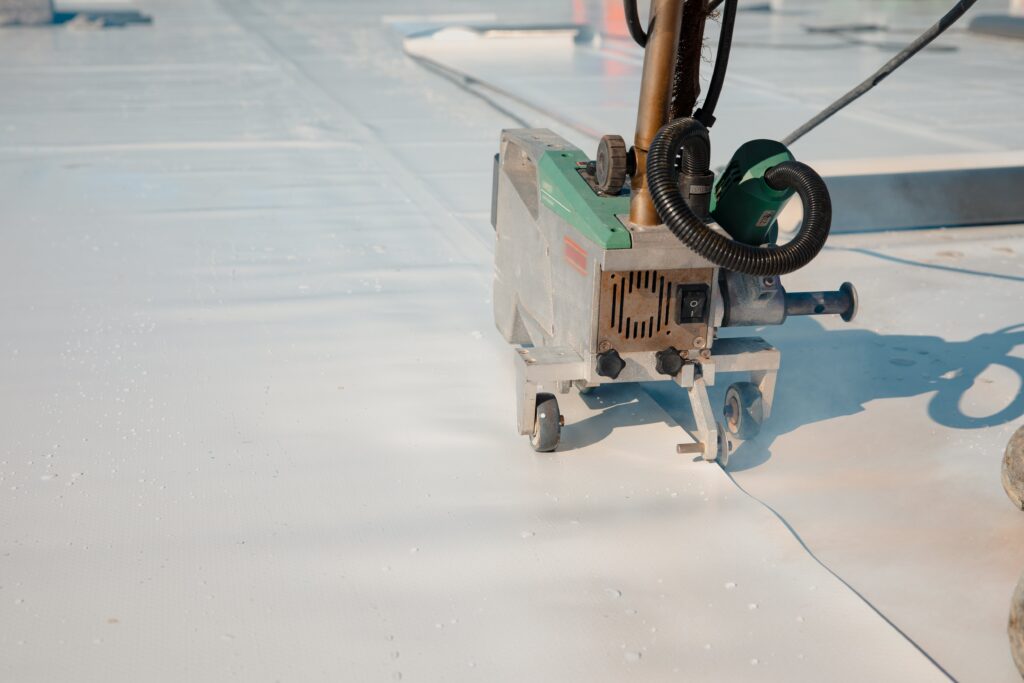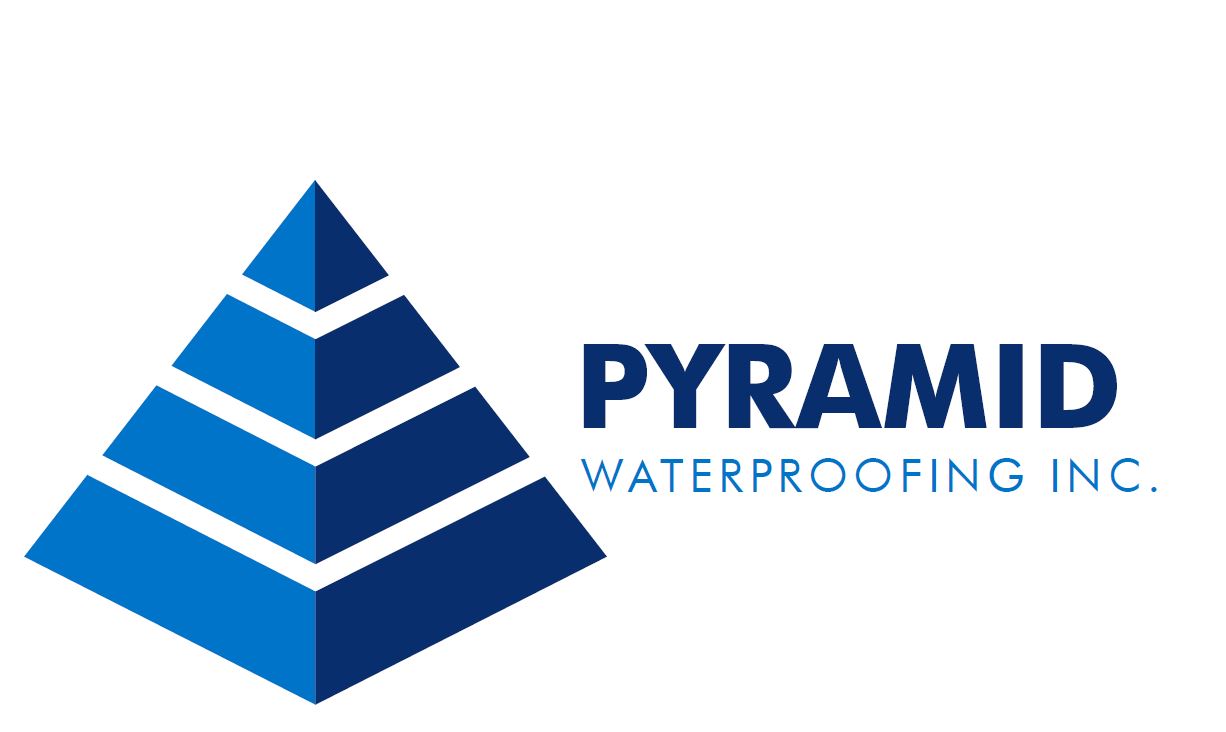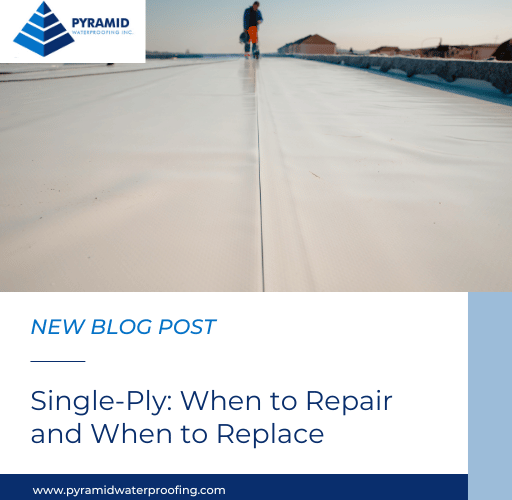Single-Ply: When to Repair and When to Replace
Single-ply roofing systems are among the most popular roofing options for commercial buildings. These roofs are lightweight, durable, and UV-resistant. Because many single-ply roofs are installed with a white, reflective top layer, it reflects sunlight and helps to lower energy costs. This system is very versatile and can be used for recovers and new construction.
Keeping an Eye on Your Roof
While single-ply roofs can be low maintenance and durable, repairs and inspections are required like any other commercial roofing system to ensure longevity. We recommend having your roof inspected at least twice a year and after any major storm or weather event. During the inspection, the roofing professionals should look for tears or cracks, especially around the seams and flashing. Standing water and pooling can be a sign of drainage issues.

It is also important to always be mindful of any internal signs that your roof could have any leaks or other issues. This can include stains on the ceilings or walls, moldy smells, and rising energy and utility costs.
When to Repair Your Single-Ply Roof
Localized Damage – When the damage is limited to a small section of your roof, it is often more cost-effective to repair just that area. This will depend on many different factors, such as how saturated the insulation is and if there is any structural damage.
Minor Damage – If the damage can be easily repaired, such as a small puncture or tear, our team can repair the area before it causes major issues and deterioration. It is important to catch this type of damage early on before water leaks through to the insulation or interior of your building.
When Replacement is a Better Option
Hail/Weather Damage- It is important to have your roof inspected after any major weather event. Hail and other extreme weather conditions, such as strong winds, can cause substantial damage to your single-ply roof. This damage can include punctures, tears, flashing damage, seam damage, and more. This can cause structural integrity issues, negatively impact the roof’s waterproofing properties, and result in your roof no longer meeting building code requirements.
Wet Insulation – If a large portion of your roof’s insulation is wet, it can cause mold and mildew growth. This can become harmful to your building’s occupants and cause unpleasant odors. If left untreated, the mold and mildew will continue to get worse. If the insulation is already saturated, fixing the issues on the surface will not help and it is time for a roof replacement.
Extensive Damage – All commercial roofs have a lifespan and expectancy. If your roof is near the end of its lifespan and there are leaks, pooling water, lifting seams, compromised flashing, or other damage in multiple areas of your roof, it would probably be more cost-effective to replace the roof. If your roof has extensive damage, you are most likely paying higher energy bills and maintenance costs. A new roof will save your company money in the long term.
To learn more about the types of roofs our team repairs and installs, check out our blog here. To talk to one of our roofing professionals about your commercial roofing needs, contact us through our website here.

